Sustainable Kitchen Swaps for Regular People
I may not be the most sustainable person in the world, but there are a few swaps that I make in the kitchen that I believe have a big impact toward having a sustainable home. Keep on reading for the very best sustainable kitchen products that you can swap in your own home.
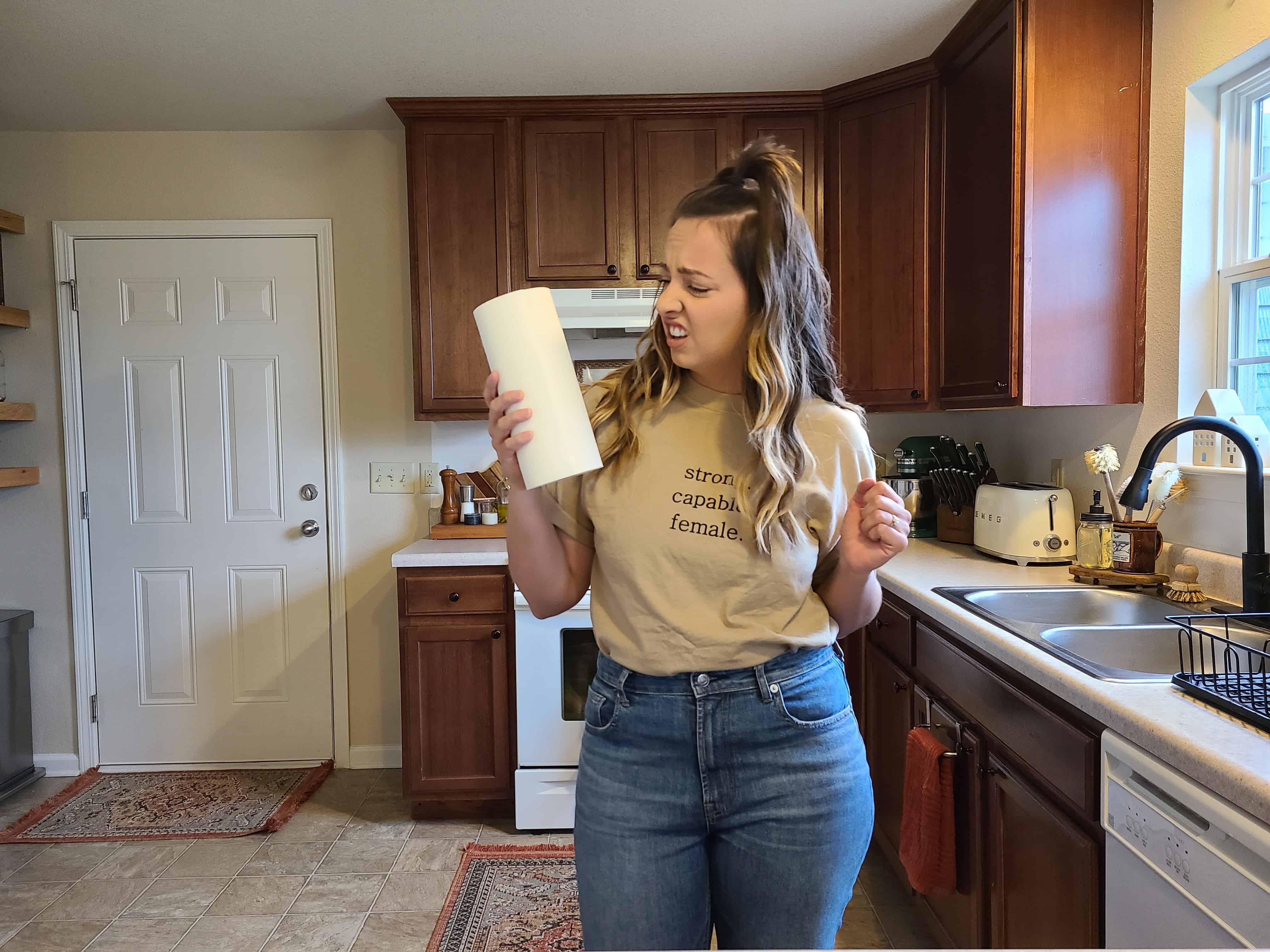
These sustainable living tips are not earth-shattering. You might have even heard them all before, but are you doing them? I want to prove that regular people with families can make these changes without much hassle, drastically reducing their carbon footprint and minimizing plastic waste.
While large-scale changes like solar panels, using green building materials, creating a green roof, and geothermal heating are important, they are simply not attainable (or even desirable) for most people. If we each make little positive changes, like opting for reusable produce bags instead of plastic bags, we can help slow climate change and even save money on our energy bills in the long run.
Why make sustainable swaps?
If you are here, you probably already want to reduce your environmental impact in some way. Starting to make conscious decisions about items we use every day, like choosing eco-friendly kitchen products over single-use plastics, can help launch us toward a more sustainable lifestyle. Most people use common household items in the kitchen every single day. Starting here is the best way to begin your journey to an eco-friendly home. If you have kids, talking about these swaps and engraining them with these habits now will have a compounding impact on future generations.
Beginning Your Sustainability Journey with Kitchen Swaps
We all have to start somewhere so I wanted to give you tips to start off your sustainability journey in the kitchen TODAY. I think that sustainability is at the core of homesteading (for me at least) and it is one of the main reasons why I want to live this homestead life. You are already starting an important step toward creating your own homestead.
I am mostly going to focus on products today. We could certainly talk about food waste and sourcing local food, but those that merit separate posts.
Sustainable Kitchen Swaps
As an Amazon Associate I earn from qualifying purchases. Read privacy policy and disclosure statement here.
1. Swap Paper Towels for Reusable Cloth
One of the first steps I made in the kitchen was to ditch paper towels for reusable cloths. We all KNOW this is a thing. But, many people just don’t do it. We use the kind that snap together and fir on your regular paper towel holder. I can no longer find the ones we have as they are several years old, but here is a link to some similar ones on Etsy!
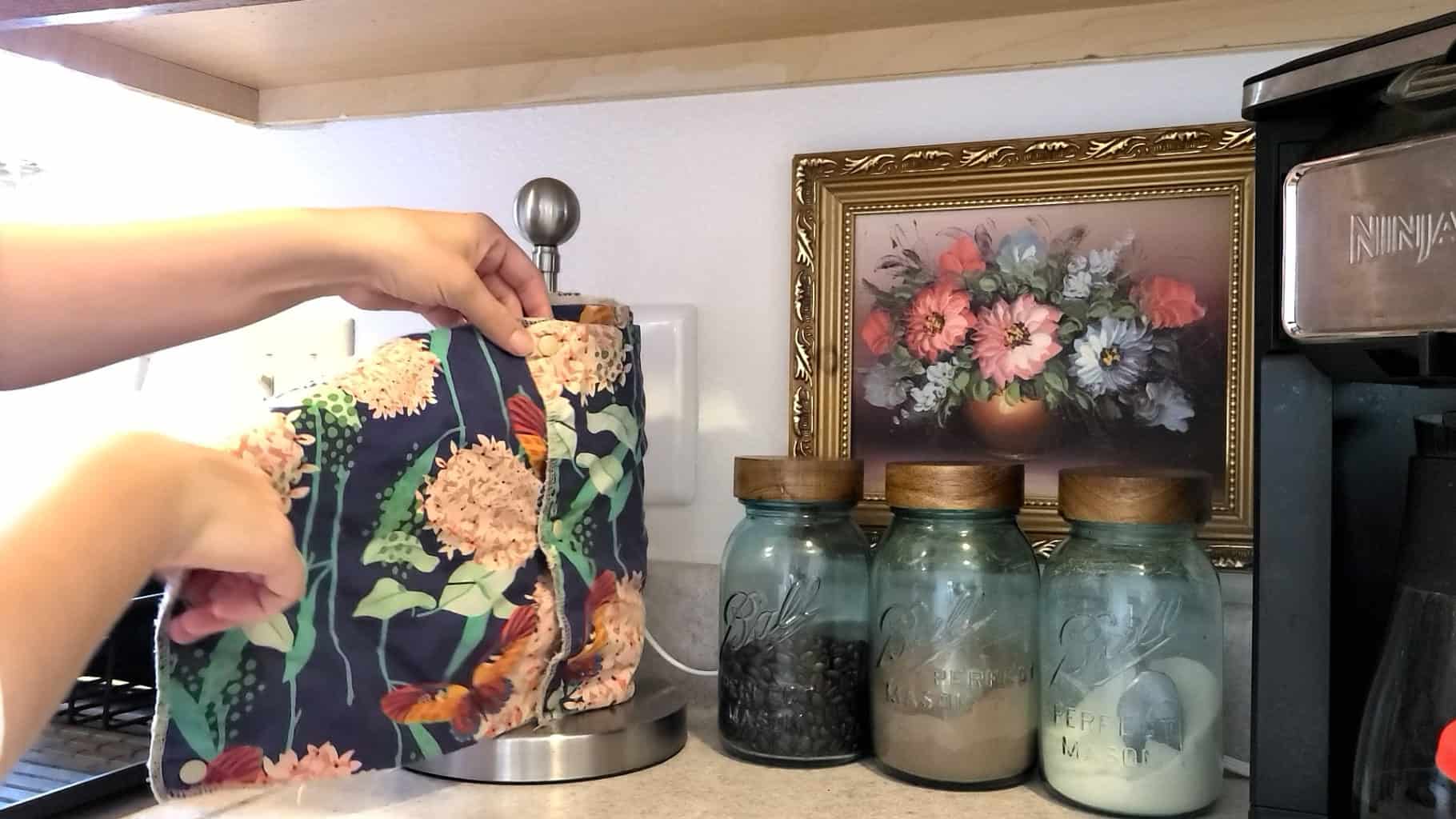
In addition to reusable paper towels, we use these cloths to wipe our toddler up after each meal. Yes, you even go paper-towel-free with kids (gasp).
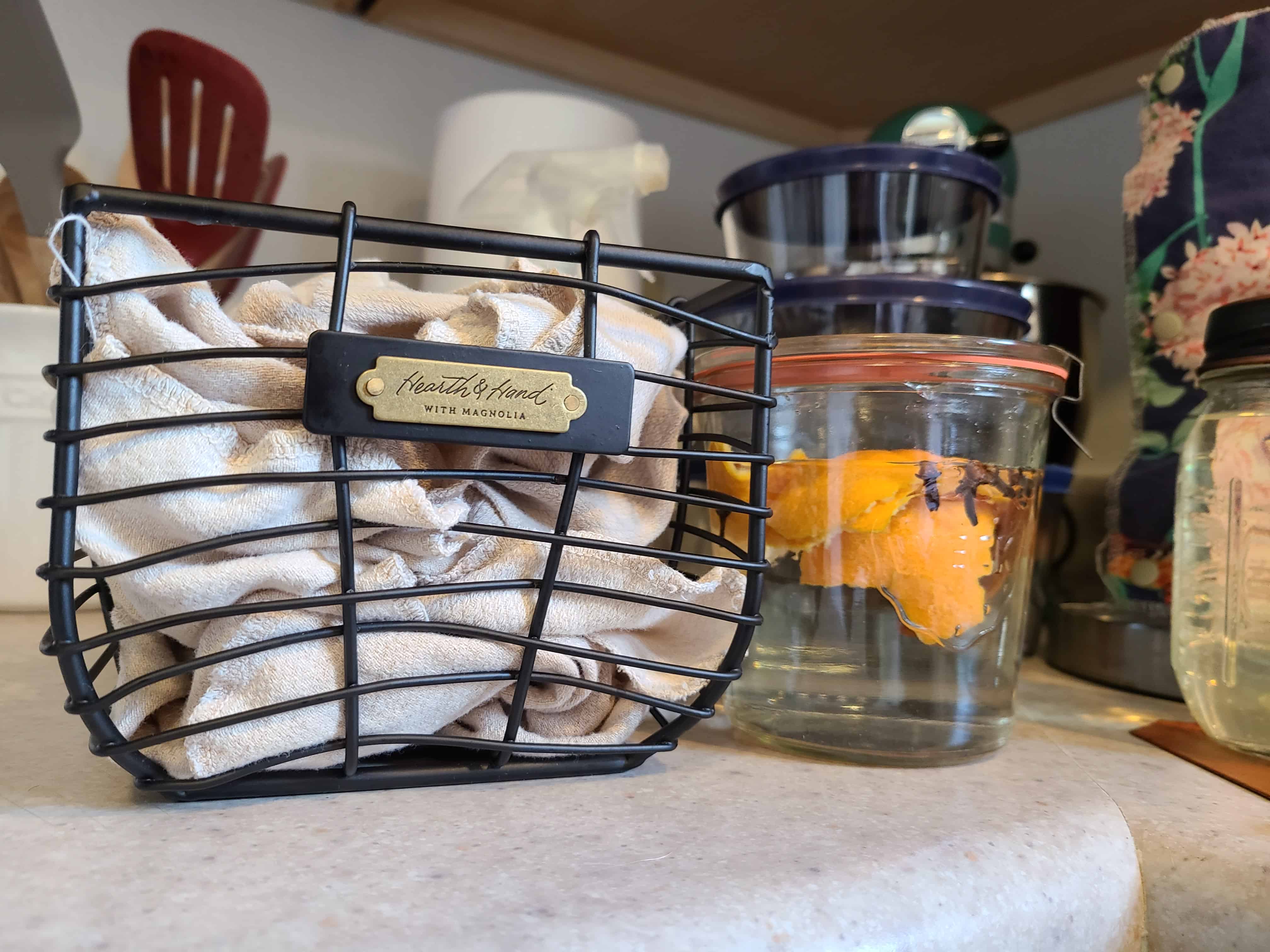
When buying new, we opt for natural materials like organic cotton instead of microfiber, as microfiber cloths leach microplastics into the water supply when you wash them in your washing machine.
If you do want to have a few paper towels on hand for dire situations, purchase them more responsibly. We have some hidden rolls of the Who Gives a Crap brand for the worst situations (read: baby poop and huge scary bugs).
Eco-Fact
I often hear the argument that you waste more water to wash rags than by using paper towels. It’s simply not true. The production of paper towels uses FAR more water and resources than your washing machine, not to mention the carbon emissions from transportation to your local store, and then to your home.

2. Ditch Slowly Replace the Plastic
Over the past several years, I have moved toward a plastic-free kitchen. I don’t think that plastic is the devil, I simply just don’t like heating it up because that is when it is most likely to leach chemicals. I still have a few plastic cooking utensils, but will replace them when needed. I am, however, against single-use plastics that go directly to landfill. Slowly making these swaps as your items need to be replaced is much more sustainable than sending what you have to landfill and buying all new.
Glass Food Storage
We love our glass food storage containers. They are even easier to clean. There are a million different brands, and if you are lucky enough, you can even find them at the thrift store. We just happened to receive a ton of the Pyrex ones off our wedding registry five years ago and they are still going strong.
Silicone Bags and Plastic Wrap Alternatives
Being plastic free, we obviously don’t use plastic bags (except for long term storage/more than one use things). We have several silicone Stasher bags that are really popular. At first, I did not use them all the time. I only thought of using them for snacks on the go, and I honestly don’t bring snacks with me a lot. Over the years, I learned more about freezing foods, and I use them every day for this purpose. But my favorite way to use them is to make popcorn! Use this code for 20% off your first order (and I will receive a small referral bonus in return!).
We use our beeswax wrap to cover things in place of plastic bags and plastic wrap. You can even make your own beeswax wraps, or rejuvenate yours if they start to lose their stick. Using recycled fabric or other sustainable products that can be reused over and over just makes sense instead of buying items that you know will go directly in the trash.

Along with ridding the kitchen of single-use items, we use silicone baking mats and baking cups instead of aluminum foil. It’s really not that hard to clean since I usually wash the pan anyways.
Don’t Use Plastic Water Bottles.
Of course, we don’t use disposable plastic bottles. We have all seen the sad videos of the plastic wastelands in the ocean. There’s no excuse. Get yourself a cute water bottle and refill it. We use our AlexaPure water filter and our own reusable water bottles.
For non-potable uses such as watering houseplants or your kitchen garden, consider a rainwater collection system right outside your door for easy access.

3. Go Toxic-Free
Most of us know by now that conventional household cleaners are bad for us, but we choose to use them anyway. At the very least, I urge you to purchase your cleaning products from more sustainable brands. Check out the Environmental Working Group’s Guide to Sustainable Cleaning here to choose the very best option for each item you wish to replace.
Since I do have a concern about toxic chemicals in my home, I started making my own cleaning products. I don’t make all of them, but I do make my counter spray, and it is super easy.
I have recipes to three homemade cleaning products in another post if you would like to see how I make them. Not only do they rid your kitchen of chemicals, you can use the spray bottles over and over for less plastic waste.

4. Buy in Bulk
For areas that I don’t DIY yet like hand and dish soap and laundry detergent, I buy in bulk and pour into my own containers. Dropps is my favorite brand of laundry and dish detergent pods. Use this code for 30% off your first order (and I will receive a small referral bonus in return).
This also looks nicer on your counter, so it’s a win-win. As mentioned before, this article is not about food, but buying food in bulk should be mentioned as it is a wonderful way to save on packaging and transportation emissions.
Two Sustainable Tips You Might Not Have Heard
1) Using the dishwasher can actually use less water than hand washing! According to the National Resources Defense Council, “You use up to 27 gallons of water per load by hand versus as little as 3 gallons with an ENERGY STAR-rated dishwasher.”
2) For cooking with gas stoves, make sure the flame isn’t bigger than the pot. This not only wastes energy, it’s actually not great for cooking either.
Don’t Buy Products Just to Be Sustainable
Here’s the thing. These sustainable swaps are fun to make. I once fell into the trap of buying more things just be be more sustainable. It’s counterintuitive. I am a recovering hyper consumer and have taken small steps to make purchases more mindfully and sustainably.
Don’t just go buy these things I am talking about here. First, use up what you have, then when it needs replaced, replace it with a more sustainable option. First reduce, then Reuse, THEN recycle. Also, you should always think about replacing with second-hand items before buying new when you can. I recently found myself needing new measuring cups, and I scored a beautiful stainless steel set from my local thrift store for $3.
While it is not technically a “swap,” reducing energy consumption in the kitchen can lead to major energy savings.
Simple Ways to Reduce Energy Use in the Kitchen
- Unplug small appliances when not in use
- Make sure the dishwasher is full before running to reduce water use
- Use the correct size pots and pans for the amount of food you plan to cook
- Consider sustainable kitchen linens instead of disposable ones to clean up spills or dry hands.
- Opt for energy-efficient cooking appliances that can help reduce your carbon emissions and carbon footprint.
- Swap out your plastic containers for stainless steel or glass containers which last longer and are often easier to clean.
- Replace plastic wrap with beeswax wraps, an excellent alternative for covering food items. They come in a variety of sizes and are a staple for a zero-waste kitchen.
- Consider silicone lids to cover leftovers, which are a safer and more sustainable option than saran wrap or aluminum foil.
- Transition to reusable straws and compostable straws instead of plastic straws to minimize plastic waste.

Make At Least One of These Sustainable Kitchen Swaps Today
These are a few simple small changes you can make right now to start this journey. I challenge you to make at least one of these changes that you haven’t already THIS WEEK.
I obviously still have a long way to go, but that is why I want us to do this thing together. Let me know in the comments what you plan to change this week in your kitchen.
Join the Movement Towards a Zero-Waste Kitchen
It’s become a hot topic to talk about zero-waste living, but it’s more than just a trend. It’s about making simple changes that lead to a more eco-friendly lifestyle. For example, incorporating a compost bin into your kitchen is a great way to reduce food waste. Not only does it cut down on your trash output, but it also creates nutrient-rich soil that can help grow more good food.
Support Ethical and Sustainable Brands
When making these swaps, consider the brands you’re supporting. Look for those that are certified B corp, indicating they meet high standards of social and environmental performance. Choose brands that offer fair trade and eco kitchen products, which ensure fair wages for workers and less harm to the environment.
Stay Informed and Engaged
- Share your journey with us in The Homestead Challenge Facebook Community and become a part of a community that takes small steps towards a more sustainable kitchen.
Remember, the kitchen is often the heart of the home, and it’s a great place to start making a difference. You don’t have to overhaul your life overnight. Start with one product, like reusable silicone food savers, and build from there. Each small action contributes to a more sustainable lifestyle.
I hope these tips help you make your kitchen a more sustainable, eco-friendly space. Every small step counts towards a bigger change. Whether you’re reducing your plastic baggies usage, or simply learning about the environmental impact of single-use items, you’re on the right path.
These swaps aren’t just for the “perfect green person” – they’re for everyone who wants to do their part. So, whether you’re looking for the perfect gift for an eco-conscious friend, or you’re just starting out on your own green journey, remember that sustainable living is a marathon, not a sprint.
What sustainable swap will you make today? Let’s make our kitchens a great place for good food and good practices. Share your thoughts and plans in the comments below, and let’s keep the conversation going!
Looking for more on sustainability?
Pin It For Later!

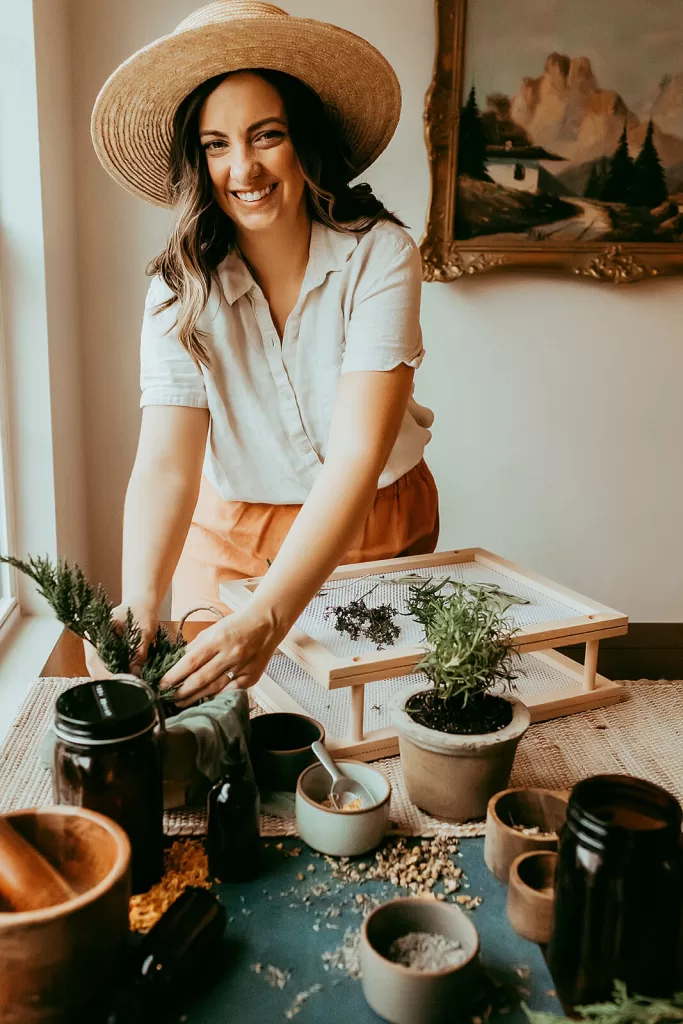
About the Author:
I’m Brittany, totally modern and mainstream turned crunchy mama!
Read more here about how I went from a totally incompetent cook and hyper-consumer to striving to live a more meaningful life from scratch.
I can’t wait to share my modern homesteading journey with you and I hope I inspire you to join along!

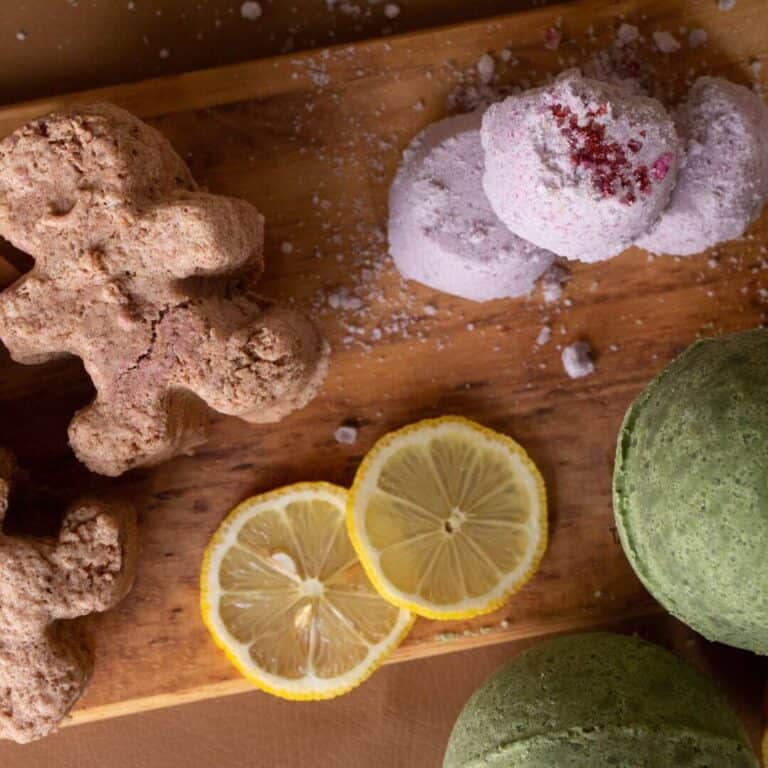

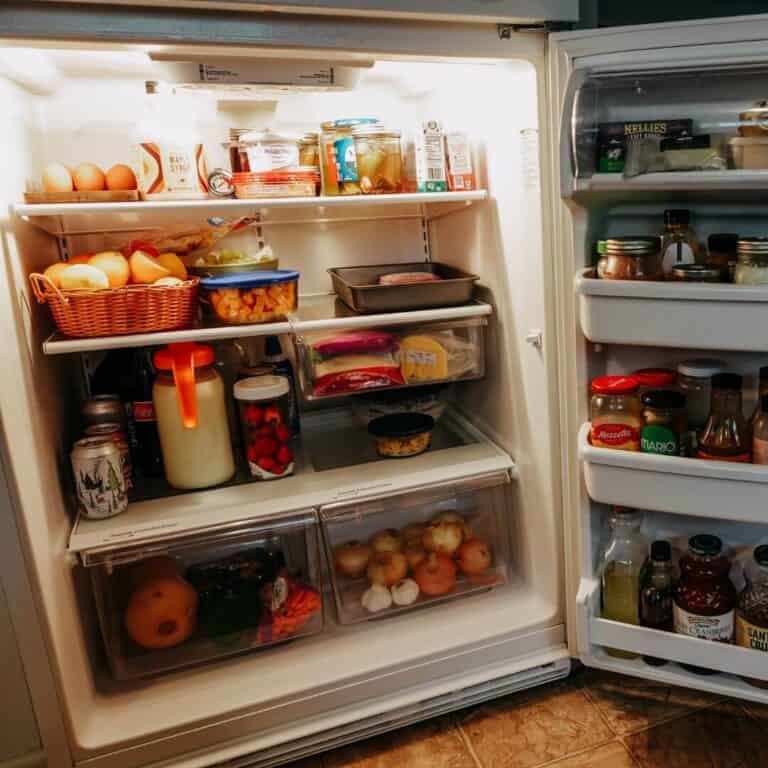
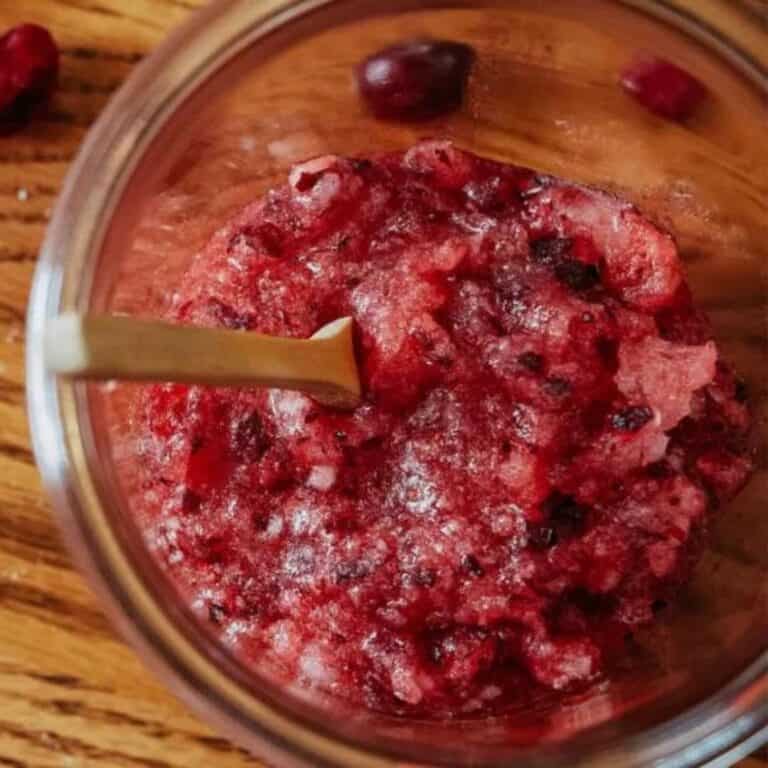
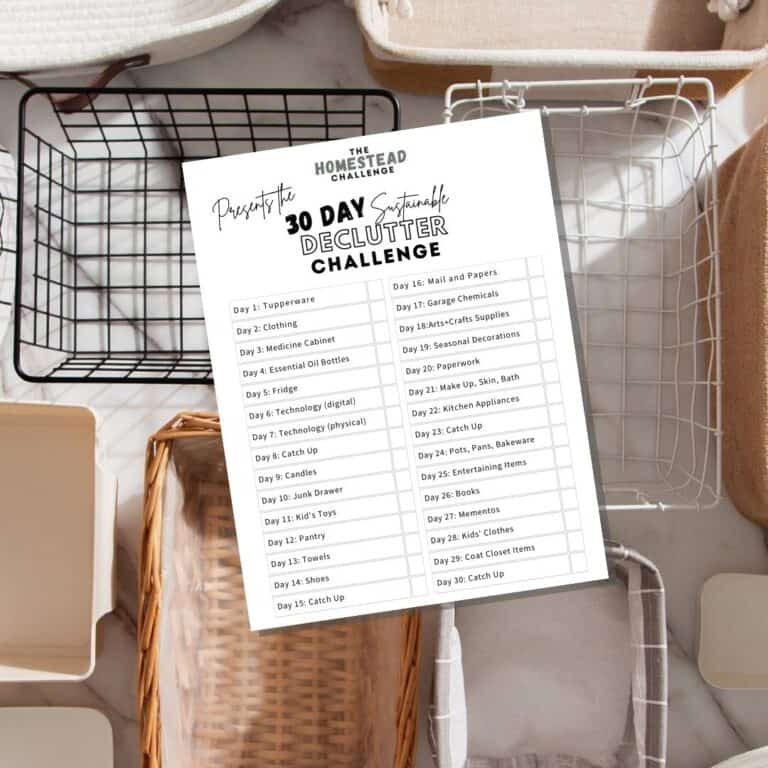

I loved this! Great idea.s!
Love this article and video! We have been using the washcloths for so many things and have saved a ton of paper towels—use them til they fall apart is our motto! Thanks for sharing!
I love these tips! They are so sensible and doable!
These are all great tips! I didn’t know about the dishwasher and water consumption piece. Thank you for sharing.
Love it! We have swapped out several kitchen disposables (including paper towels) and you’re right – it’s a process! Great post